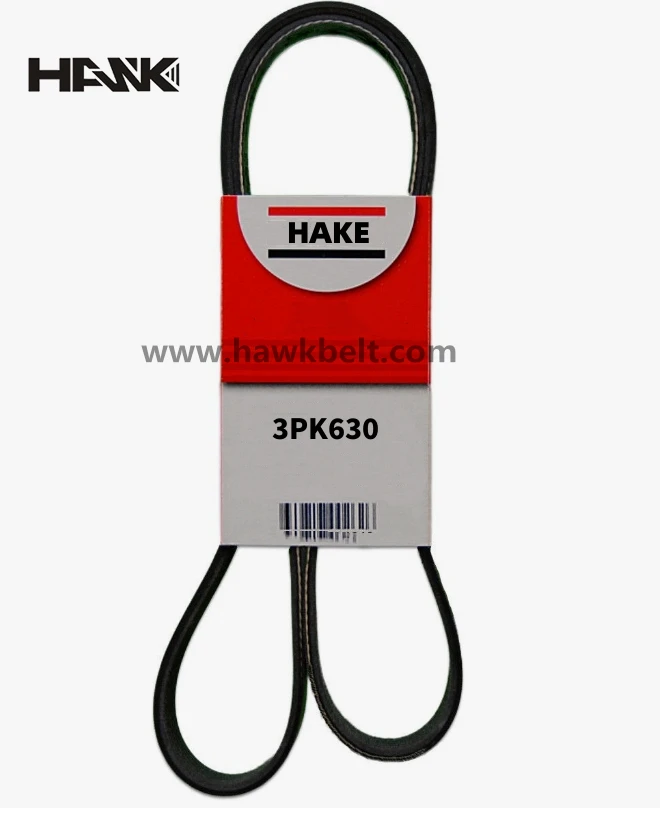- Arabic
- French
- Russian
- Spanish
- Portuguese
- Turkish
- Armenian
- English
- Albanian
- Amharic
- Azerbaijani
- Basque
- Belarusian
- Bengali
- Bosnian
- Bulgarian
- Catalan
- Cebuano
- Corsican
- Croatian
- Czech
- Danish
- Dutch
- Afrikaans
- Esperanto
- Estonian
- Finnish
- Frisian
- Galician
- Georgian
- German
- Greek
- Gujarati
- Haitian Creole
- hausa
- hawaiian
- Hebrew
- Hindi
- Miao
- Hungarian
- Icelandic
- igbo
- Indonesian
- irish
- Italian
- Japanese
- Javanese
- Kannada
- kazakh
- Khmer
- Rwandese
- Korean
- Kurdish
- Kyrgyz
- Lao
- Latin
- Latvian
- Lithuanian
- Luxembourgish
- Macedonian
- Malgashi
- Malay
- Malayalam
- Maltese
- Maori
- Marathi
- Mongolian
- Myanmar
- Nepali
- Norwegian
- Norwegian
- Occitan
- Pashto
- Persian
- Polish
- Punjabi
- Romanian
- Samoan
- Scottish Gaelic
- Serbian
- Sesotho
- Shona
- Sindhi
- Sinhala
- Slovak
- Slovenian
- Somali
- Sundanese
- Swahili
- Swedish
- Tagalog
- Tajik
- Tamil
- Tatar
- Telugu
- Thai
- Turkmen
- Ukrainian
- Urdu
- Uighur
- Uzbek
- Vietnamese
- Welsh
- Bantu
- Yiddish
- Yoruba
- Zulu
ડીસેમ્બર . 10, 2024 00:17 Back to list
Tooth and V-Belts Comparison for Optimal Power Transmission Solutions
Understanding Tooth V Belts A Comprehensive Overview
Tooth v belts, commonly known as timing belts, are an essential component in various mechanical systems, particularly in automotive engines. These belts play a crucial role in synchronizing the rotation of the crankshaft and camshaft, ensuring that the engine's timing remains precise for optimal performance. This article will explore the functionality, types, advantages, and maintenance considerations associated with tooth v belts.
Functionality of Tooth V Belts
The primary function of a tooth v belt is to transfer motion and force from one component to another, maintaining a specific timing between engine parts. The belt features triangular-shaped teeth that fit into matching grooves on pulleys, allowing for a firm grip without slipping, which is a common issue with regular flat belts. The design of tooth v belts ensures that they can handle significant loads while maintaining accuracy in the timing of the engine cycle.
In an internal combustion engine, the tooth v belt connects the crankshaft to the camshaft. As the crankshaft rotates, it drives the belt, which in turn rotates the camshaft. This synchronization is crucial because it ensures that the engine's valves open and close at the correct times during the intake and exhaust strokes, optimizing the engine's efficiency and power output.
Types of Tooth V Belts
Tooth v belts are available in various forms, catering to different applications and requirements. The most common types include
1. Standard Tooth V Belts Often used in general industrial applications, these belts are designed for strength and durability. They feature a simple tooth design and are suitable for moderate horsepower requirements.
2. High-Performance Tooth V Belts These belts are designed for high horsepower applications, such as racing engines or high-performance vehicles. They are made from advanced materials that provide enhanced strength and resistance to wear.
3. Polyurethane Tooth V Belts Known for their excellent durability, polyurethane belts withstand harsh conditions and are often used in applications where oils, chemicals, or extreme temperatures are present.
4. Synchroflex Belts These belts are known for their unique tooth profile, which enhances power transmission efficiency and reduces noise levels. They are often used in precision machinery and robotics.
tooth v belt

Advantages of Tooth V Belts
Tooth v belts offer several advantages that make them a preferred choice in various industries
- High Efficiency The design of tooth v belts minimizes slippage, ensuring that power is transmitted efficiently from one component to another.
- Reduced Maintenance Compared to chain systems, tooth v belts require less maintenance, as they do not need lubrication and are less prone to wear.
- Noise Reduction The operation of tooth v belts is notably quieter than chain drives, making them suitable for applications where noise levels must be minimized.
- Versatility These belts can be used in a wide range of applications, from automotive engines to industrial machinery, showcasing their adaptability.
Maintenance and Lifespan
Proper maintenance is crucial to prolonging the lifespan of tooth v belts. Regular inspections should be conducted to check for signs of wear, such as cracking, fraying, or glazing. Additionally, maintenance should include checking the tension of the belt; too much slack can lead to slippage, while excessive tension can cause premature wear on both the belt and the pulleys.
The lifespan of a tooth v belt can vary significantly based on its application, material, and operating conditions. Typically, a well-maintained tooth v belt can last anywhere from 60,000 to over 100,000 miles in an automotive context. However, it is essential to replace the belt according to the manufacturer's recommendations to prevent potential engine damage caused by belt failure.
Conclusion
Tooth v belts play a pivotal role in the efficient operation of various mechanical systems, particularly in automotive engines. Their unique design allows for precise power transmission, making them integral to maintaining the timing of engine cycles. With various types available to suit different applications, tooth v belts present numerous advantages, including efficiency, reduced maintenance, and versatility. Regular inspections and maintenance are vital to ensuring their longevity, thereby guaranteeing optimum performance in any application they serve.
-
Korean Auto Parts Timing Belt 24312-37500 For Hyundai/Kia
NewsMar.07,2025
-
7PK2300 90916-T2024 RIBBED BELT POLY V BELT PK BELT
NewsMar.07,2025
-
Chinese Auto Belt Factory 310-2M-22 For BMW/Mercedes-Benz
NewsMar.07,2025
-
Chinese Auto Belt Factory 310-2M-22 For BMW/Mercedes-Benz
NewsMar.07,2025
-
90916-02660 PK Belt 6PK1680 For Toyota
NewsMar.07,2025
-
drive belt serpentine belt
NewsMar.07,2025

